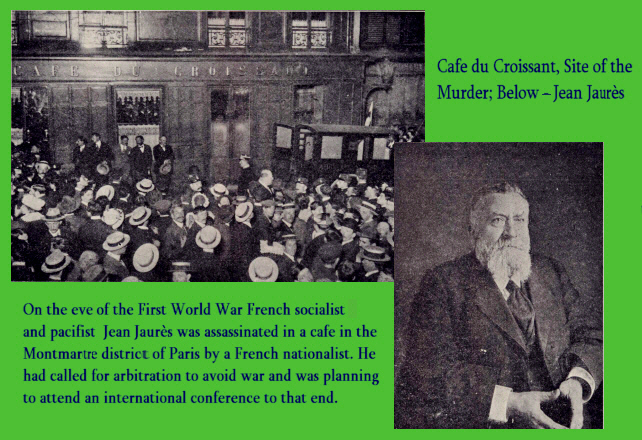On 2 April 1917 before a joint session of Congress President Woodrow Wilson asked for a declaration of war against Imperial Germany. Over the next few days the wheels of American government ground away.
On 4 April the Senate held a day-long debate, then voted 82 to six, with eight abstentions, for war. The House voted 373 to 50 on 6 April, Good Friday, one of the dissenting votes being cast by the first woman ever to sit as a representative, Jeannette Rankin of Montana. She would serve to vote against a second world war some 24 years later.
 |
| She Voted Against War Twice |
The joint war resolution was rushed to the White House; Woodrow Wilson interrupted his lunch, and came to the office of the usher, Ike Hoover. "Stand by me, Edith," he said to his wife. She handed him a gold fountain pen, a gift he had given her, to sign the document.
A signal was passed to a junior naval officer, who had been instructed by Assistant Secretary Franklin Delano Roosevelt to stand in readiness. Now the young man rushed outside and with his arms semaphored to a figure standing in a window of the adjacent State, War and Navy building, who then ordered that wireless messages be sent to all the 22 ships at sea: the United States was at war.
Just what that meant was yet to be determined...Some of the most important questions of strategy
had not yet been resolved. When Major Palmer R. Pierce, aide to Secretary of War Baker, was testifying before the Senate Finance Committee on 6 April, the day war was declared, he was sharply questioned by Committee Chair Thomas Martin of Virginia about the War Department's needs. Especially upsetting was its request for the unprecedented sum of $3 billion. The major explained that the budget would have to cover expanded expenses for "clothing, cots, camps, food, pay...And we may have to have an army in France."
"Good Lord!" cried the shocked senator. "You're not going to send soldiers over there, are you?"
From David Traxel's Crusader Nation: The United States in Peace & the Great War, Vintage Books, 2006





















































